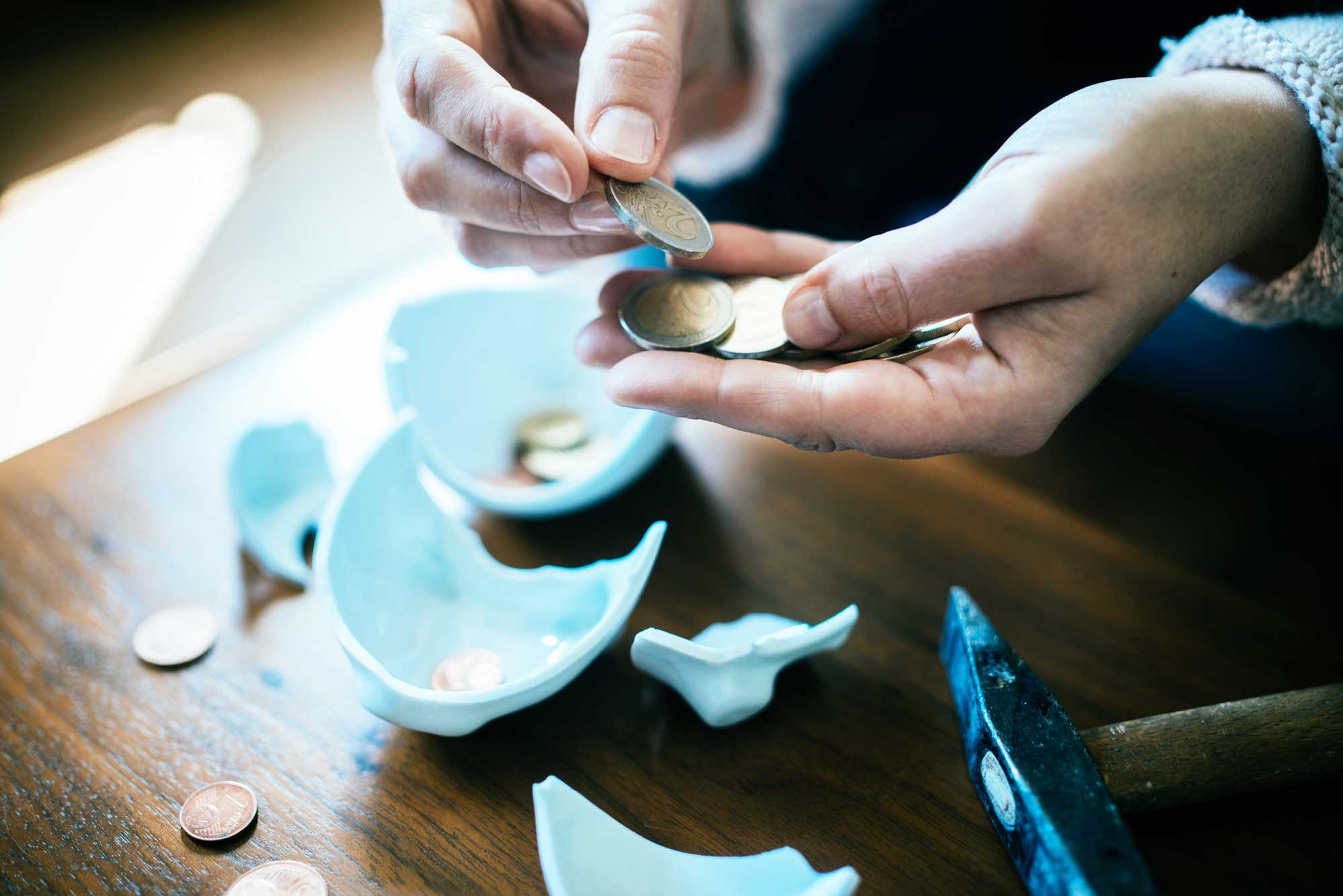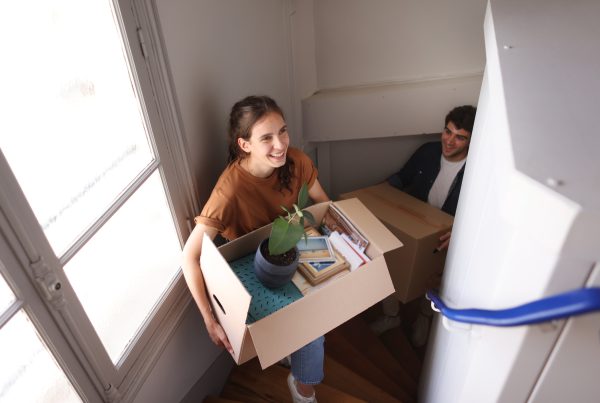Everybody’s always talking about how important it is to have some money in the bank for rainy days or retirement. That’s easier said than done, right? It’s easy to save money when you have money. But how do you save money when you’re broke?
Track Your Spending
The very first step to building your savings is to start tracking your spending. For one month, track all of your expenses. And, yes, we mean everything. Just keep a note pad handy and every time you make a purchase or pay a bill, write it down. Or, use an expense tracker app. This is a boring task, and you won’t want to do it. Nobody wants to do it, but you’ll be so glad you did when you look back at your spending. Here’s why:
Cut Your Spending
After you track all of your expenses for the month, you need to review that spending and find something—anything—you can cut back. You can do it! It may feel silly at first. What’s $1 saved today going to do tomorrow? One dollar is practically nothing, right?
Open a Savings Account
If you save $1 a day—that’s just $7 per week, or about $30.42 per month, or $365 per year—for 50 years you would end up with $18,250 in the bank. That’s if you put your savings in a non-interest bearing account. Most savings accounts, and even some checking accounts, offer a little bit of interest on your money. No matter how little the amount seems, even a little can become a lot when it adds up.
Opening a savings account will help you get there. You’ll want to find one that 1) doesn’t charge fees and 2) doesn’t require a minimum balance. Investopedia ranks their top savings accounts here so you can do some online research about what’s available. You can also visit a nearby brick-and-mortar bank and ask to talk to someone about opening a savings account. Use that time to ask questions about what they offer and what might be the best option for you.
Start Now
Another benefit to saving as little as $1 a day (or even less!), is how you start to feel as your savings add up. As you watch your balance increasing into the tens, hundreds, and higher, you’ll start to wonder how you ever spent that dollar here for a candy bar and $3 there for a to-go burger. Those didn’t last! Your savings does and as it climbs, you’ll have the freedom to move it to an account that offers higher interest, or use it for an emergency, or just know that it’s there. But the most important part of saving money—even when you’re broke—is getting started. So do it now. Put those pennies in the piggy bank. Eventually, that piggy will become full, and you’ll feel like you accomplished the impossible. Then you’ll know what feels impossible today, will feel easy after it’s done and you’ll keep going because it feels good to save!





